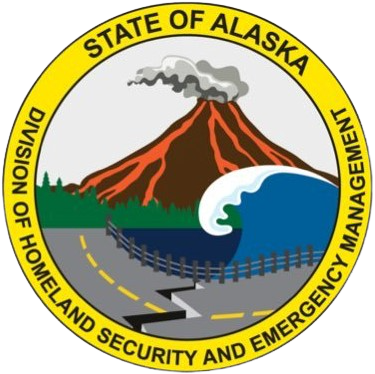The State of Alaska Division of Homeland Security and Emergency Management (DHS&EM) supports local and regional government in proactive efforts to develop debris removal operations as part of their overall emergency management plan. Communities with a plan to clear, remove, and dispose of large-scale debris from Alaska’s storms, floods, fires, and other disasters are better prepared to manage this important mission, as well as successfully partner with state, federal, and other organizations.
